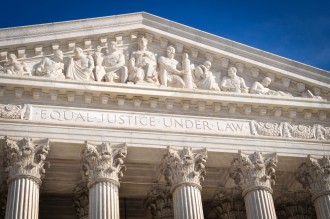January 8, 2019
Eight Simple Rules for Developing Your Mobile App
- Ownership — Contributions are coming from multiple sources, including employees, contractors, and/or third-party comments. Make sure you own the material that you incorporate into the app. This is important not just so you can protect yourself from copiers, but to protect yourself from third party claims. Have written agreements in place with all contributors.
- Protection — Don’t overlook protecting the app. Utility patents can protect the function and features of the app. Design patents can protect the icons and interface of the app. Trademarks/trade dress can protect the name, icon, and other aspects of the interface. Copyright can protect the text, images and sounds of the app. Patents applications must be filed within one year of the disclosure of the app, but should be filed before any disclosure of the app. Copyright registrations can be filed at any time, but should be filed within three months of first publication. Other deadlines may apply.
- Beware Open Source Code — Open source code can speed up the development of your app, but it may come with some strings attached. Understand the conditions before you incorporate third party code into your app.
- Terms of Use — Terms of Use may not seem important as you blithely click “I agree,” but they can provide valuable protections to developers. Pay attention to them, even if your users don’t.
- Personal Data — Develop a plan in advance for handling personal data that you may acquire from users.
- Preexisting Materials — Make sure that you clear usage of all preexisting materials that are incorporated into the app.
- User Submissions — Make sure you acquire the necessary rights to use and display user input that you solicit.
- Limit Liability — Protect yourself in case something goes wrong. Limit your liability in your Terms of Use (see above), acquire insurance, and form a separate entity to operate the app.



































